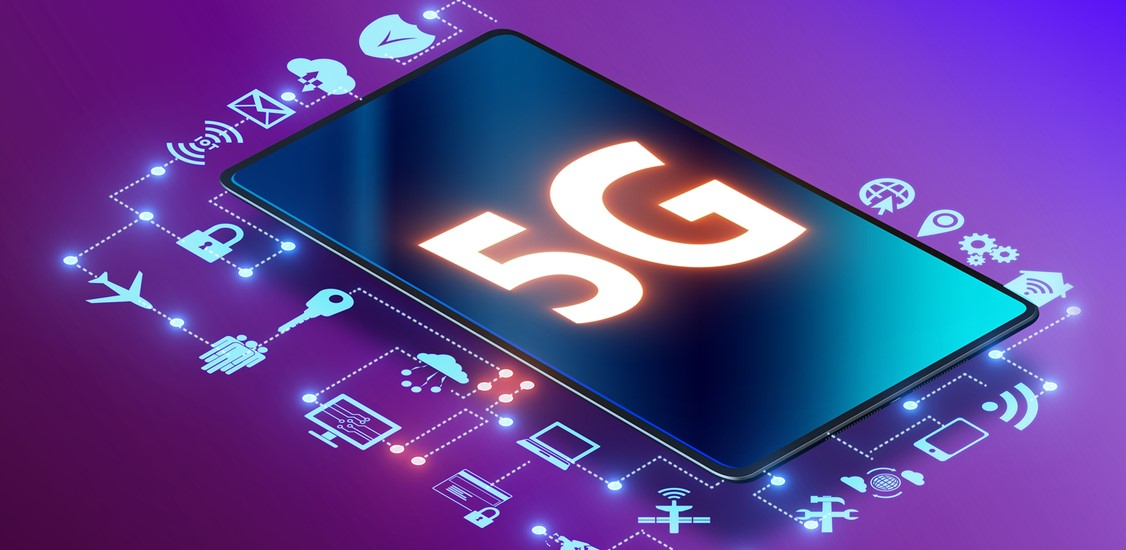5G wireless service promises many benefits and is slowly becoming a reality all over the world. It is touting cheap, fast connectivity speeds with ultra-reliable low latency communication (URLLC) that can support anything from massive Internet of Things (IoT) devices found in smart cities, to simply providing a high-quality seamless video watching experience. Yet, with all the buzz around 5G, it is clear that not everyone understands 5G’s underlying technology or limitations. For example, once COVID-19 began to emerge and spread, conspiracy theorists linked the novel coronavirus to the installation of new 5G mobile networks - some of these theorists went so far as to set wireless towers on fire. While this myth is illogical, so are the beliefs that 5G will be an end-all to bandwidth and congestion problems for communication service providers (CSPs).
As more carriers roll-out their networks it’s clear that there’s still a lot of hype surrounding 5G. Even amongst some in the telecom industry, 5G expectations and misperceptions prove that carriers must recognize both the challenges and opportunities that 5G will present in the long run and how they can capitalize on customers’ needs for quality of experience.
Little to no changes in network congestion
5G’s bandwidth improvements are advantageous and will expand fixed internet service for factories, hospitals, and other industries with machine-to-machine devices. However, many are so enamored by the advantages of enhanced mobile broadband and network slicing that they have overlooked the initial effect of 5G on network congestion. While they may be optimistic about reducing network congestion, history often demonstrates that the transition from one cellular generation to the next can actually introduce new quality-of-experience (QoE) dilemmas that can deteriorate the customer experience from time to time.
As seen with the latest smartphone releases, consumers and businesses generally migrate to the next new and shiny toy. But with 5G, expanded bandwidth is just an opportunity for new services to consume the available bandwidth which in turn creates a modern 5G-induced bottleneck on the network.
According to a survey of engineering managers at a variety of communications service providers, 50% believe that congestion will continue to be a problem, and that’s not their only concern. Of those surveyed, 51% of CSPs also fear that distributed denial of service (DDoS) traffic with 5G will be higher, and it’s no secret that DDoS costs companies money and wasted resources. But what can CSPs do to mitigate these risks and ensure customers are happy with their service as they roll out 5G?
Divide and conquer
In past network generations, mobile carriers wouldn’t think twice about allocating traffic based on a customer’s application usage. But 5G has created a new playing field with the introduction of network slicing which allows them to allocate service resources for various applications. For instance, if a gamer is playing through the latency-sensitive cloud, they would receive a different “slice” than someone using their phone to text or stream TV. This gives operators an opportunity to change their service model from a general monthly data usage package to one based on QoE that coincides with application usage.
Network intelligence informs customer service bundling
Gleaning insights into the inner workings of a network allows CSPs to analyze the incoming data and alter their services accordingly. Through the usage of granular deep packet inspection (DPI) employing machine learning and artificial intelligence, CSPs can more effectively manage network traffic and offer a variety of customer-centric service bundles priced against traffic usage. Rather than offering a common data plan of 100GB, which few fully consume (average is as low as 20GB in 4G networks), CSPs can now offer plans based on quality of experience.
This is where 5G steps in to fundamentally change the playing field from 4G beyond basic bandwidth increases. And 5G has some other tricks up its sleeve. One example is the ability to proactively respond to unexpected network traffic events, and prevent customer QoE from deteriorating. Similarly preemptive containment against cyber attacks is also possible with 5G.
Network-based security
5G’s rollout is beginning to introduce thousands of new bandwidth-hungry IoT devices to the network, creating many additional vulnerable entry points that cybercriminals can exploit. In 5G networks, customers must be protected at all levels of an attack (infection, weaponization, and detection). To do so would require CSPs to apply traffic shaping policies that limit the effects on critical network resources.
However, CSPs are now well-positioned to offer revenue-generating security services to their customers to ensure QoE. Dependent on what the service provider needs they can protect customers from malware, phishing, DDoS attacks, bots, and so much more.
The telecom industry is ripe for change and the introduction of 5G is speeding up the process. Soon customers can expect their service plans to change with faster download speeds and lower latency as well as an added layer of protection for their devices. By implementing a QoE- based service plan and security services, CSPs will be in a prime position to increase their brand loyalty while increasing their revenue.




















